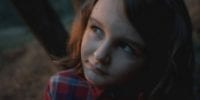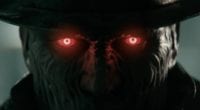Grief is something that every human being will experience in their lives. Sadly on this journey we call life, we will lose people. People inevitably die, of course, but there are many ways in which we can experience grief. When the people that come into our lives and touch us in some emotional way are no longer there, we react in various ways. There are different stages of grief; denial, anger, and eventually acceptance. It’s when we can’t accept these feelings and facts of life is when we as human beings run into trouble. I have, unfortunately, lost a great number of people in my life, and I have seen grief ruin those left alive. I have seen people on a thirty-year downward spiral never recover after losing someone. On the other side of that coin, I have seen people lose the most important person to them, and yet somehow move on with courage, strength and dignity that was inspiring.
Those we leave behind live with a certain amount of trauma. Watching someone you love die is always going to leave a scar. People are left thinking they wish they could have done something more, could have said something they always wanted to say, and that regret quite often leads to guilt. There is, of course, the kind of trauma that doesn’t come from a close one’s death. Trauma that is caused by those we trust abusing that trust. It can be something that comes from a loved one’s actions towards you. Often this is the most damaging thing to a person and can colour their life experiences forevermore. Moving on with that kind of baggage takes a special type of person, a hero in the truest sense of the word.
Stephen King as a writer has been just as omnipresent in my life as grief and trauma have been. As a child, I became aware of his work, back then it was still thought of as relatively trashy populist horror, but I was always curious. It wasn’t until I was a teenager when I read The Stand when I started to see King completely differently. Later in life, when I began to take this writing thing seriously, I understood why a great many of King’s protagonists are tortured writers. It seems too broad to say that Stephen King is a writer concerned with death. So more specifically—King is a writer who often examines grief and the effect this has on us as human beings.
We see this in King’s work time and again. The novella The Body and its film adaptation Stand By Me (1986) concerns four kids who go to find a dead body and confront death head-on during the summer holidays. One of the kids (also an aspiring writer) lost his older brother and now feels like his parents wish it was him instead of his golden boy older sibling. The Green Mile deals with a group of work colleagues where death is their job, and the details of how they cope and maintain despite this have always been the most interesting thing about that story. Then, of course, there is Pet Sematary, a story so raw and so full of pain and anguish at death that even the flawed 1989 film adaptation leaves a mark in its depiction of what it is like to lose a child.
Currently thanks maybe to its presence in pop culture due to a fondly remembered TV mini-series and the hit film adaptations—IT is perhaps Stephen King’s most well-known work. Something about Pennywise the dancing clown has made audiences turn up in record numbers. On the surface, everybody knows that clowns are scary, but I have always wondered if there is something more to this. The clown represents fear, and people could well be seeing these films as some kind of test. Can they come and sit in a dark cinema as their worst fears are paraded on the screen in front of them? The clown represents something more I feel. It’s much deeper than just a surface level scare. The kids in IT Chapter One are thirteen years old—right at that point where you start to grow out of childhood and find some things aimed at kids (such as clowns) creepy in retrospect. There is also a meta aspect to this. Audiences are testing themselves to come and see these films much in the same way that Pennywise is testing the kids within the story.
Putting aside any subtext or thematic analysis for a moment, IT Chapter One is a great damn time at the movies and deserved its huge box office success. It was paced like a funhouse carnival ride and felt very much like the kind of film I wish Sam Raimi had gone on to make post Army of Darkness (1992) instead of going all mainstream. The kids are wonderful in this film, and the adults are all suitably creepy, making it clear that these kids have to face their fears alone. The nostalgia isn’t laid on so thick as to make me ill, all you needed was a Street Fighter arcade machine and New Kids on the Block to get a sense of time and place. It was a genuine crowd-pleasing film that seemingly everybody liked.
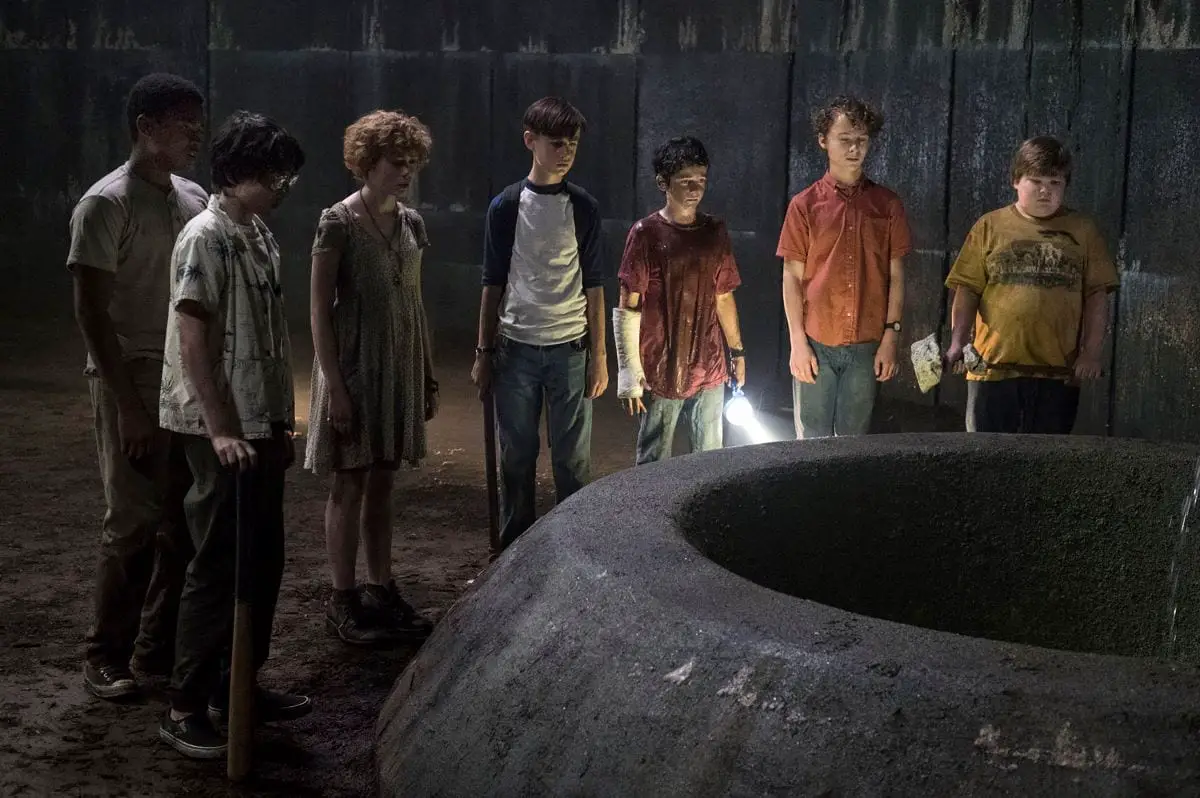
The thing that always stuck with me from it though were the journeys of the characters and what they are already dealing with when Pennywise turns up. Bill has lost his younger brother—probably the worst thing that can happen—and he feels tremendous guilt over it because he made the paper boat that sent Georgie out into the rain that day. Ben is dealing with being overweight and the spectre of constant bullying from Henry Bowers. Eddie has an overbearing mother who has convinced her child that he is constantly unwell, and it has made him something of a hypochondriac. Stan has doubts about his own religious beliefs and fears a sinister painting. Mike is looking down the barrel of a dead-end career and is haunted by a fire some years earlier. Beverly is subject to an abusive father and is the most troubled of all of them. She has nobody until she meets the “Losers Club” that summer, and it brings a side out of her that seemed doomed. Then there is Richie, a kid always deflecting something with humour, but more on him later. Even Henry Bowers is acting out because of a too strict and unloving policeman father.
On subsequent viewings, it has always been the little character moments in IT that have stuck with me. It’s the moments that illustrate the themes of the story that stand out rather than any scene with Pennywise. Most scenes involving Bill alone with his grief are the standouts. The scene where his father has discovered a model tunnel network which Bill has been washing action figures through to illustrate how Georgie could be alive is truly heartbreaking. The denial stage of grief in action. Later he says he finds it easier to enter a supposedly haunted house rather than his own. I know exactly what he means; his own home now haunted by the spectre of death.
It’s interesting that whenever one of these characters is faced with their fears and trauma, a red balloon is always close by. The red seeming to represent the imminent danger, but the physics of a helium-filled balloon is also quite apt. These things float around in your house for weeks on end, gradually sinking lower and lower to the floor until they are just an empty discarded bag. The metaphor for grief and trauma couldn’t be better when you think about it. Pennywise is temporarily defeated in his lair full of cast-off childhood junk at the end of Chapter One. But the situation is temporary; death will always be there and hasn’t yet been faced on its own ground where it is most powerful.
IT Chapter Two has had the most mixed reviews of something in recent times. People are seemingly not happy with the length of the film and found that the set pieces eventually become boring through its running time. I feel that Chapter Two is an almost perfect sequel. It is lengthy that is true, but it brought home sharply many of the themes of the first film and was a satisfying and moving conclusion, more satisfying in an emotional sense than the first, and yet still full of the fun rollercoaster horror of the first.
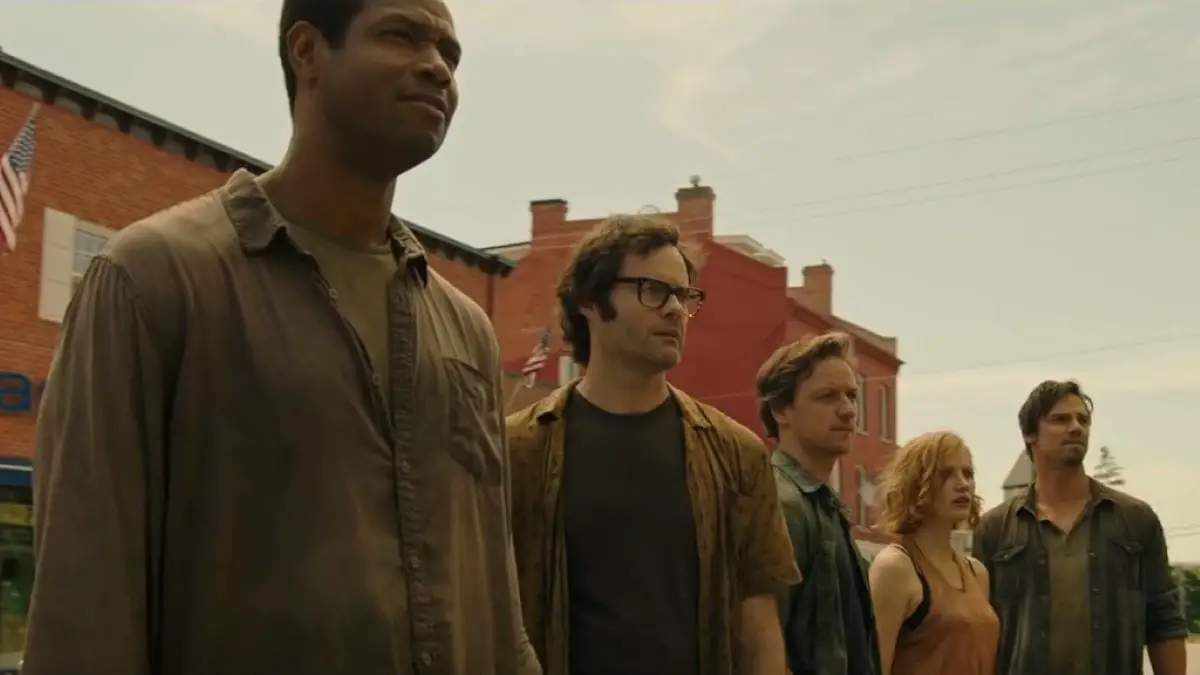
Much has been made of the opening homophobic attack present in the opening of Chapter Two. It is brutal and sharp, and there seems to be some confusion about why this was included other than to re-introduce Pennywise as a threat 27 years after the first film. I can see this complaint and its point of view, but the brutality of the scene is to illustrate a very simple point that is in keeping with the themes of the story overall.
The two men who are beaten up for their lifestyle choices represent small town reactions to something they do not understand. The attack happens due to fear of the unknown, and represent attitudes in small-town Derry. It is precisely this kind of fear that has enabled Pennywise to feed on the populace; it’s no coincidence that he turns up in the aftermath. This scene is also important later on as it illustrates the choices of a particular character, and the eventual conclusion of his emotional journey.
In Chapter Two of IT, we see that the adult versions of the losers club are alternately doing well and not so well based on their shared trauma. Bill is working as a writer but seems to lack the ability for closure both in his work and real life. Eddie is an insurance risk analyst but has an overbearing wife similar to his mother. Ben has done well for himself and physically changed but cannot forget Beverley. Richie is a successful stand up comic but is something of a fraud due to not writing his own material and using his true nature. Mike is seemingly the only one who never left Derry and has gone down some troubling alleyways in case Pennywise returned. Then Beverley has ended up in a repeated cycle of abuse with her husband. Then there is Stan; Stan, who got attacked the worst by Pennywise when his friends momentarily left him in Chapter One. Stan doesn’t make it, the fear in his life too great, those red balloons too much of a menace for him to return. Henry Bowers also comes back, filled with psychotic rage, and represents where these kids could have ended up had they not been good at heart.
The losers club get back together and memories come flooding back, things they had forgotten and good times appear again very briefly. It’s not long before old traumas, old fears and Pennywise taunting them over it comes back to them. They are faced with a fight or flight response and nearly choose flight. The one thing that makes them strong makes them unbeatable even if they don’t know it; the fact they have each other. Friendship is the key to beating grief; it’s the key to facing anything that life may throw at you. Nobody is ever alone if they have friends. What the losers club never realise until right at the very end of the saga is that Pennywise can never actually win against the friendship they share. They refer to themselves as losers when ironically they are the furthest from losers in their whole damn town. When people have your back, what is there to be afraid of? Your trauma, your past, and your fears do not matter when you are loved. Love defeats fear every time.
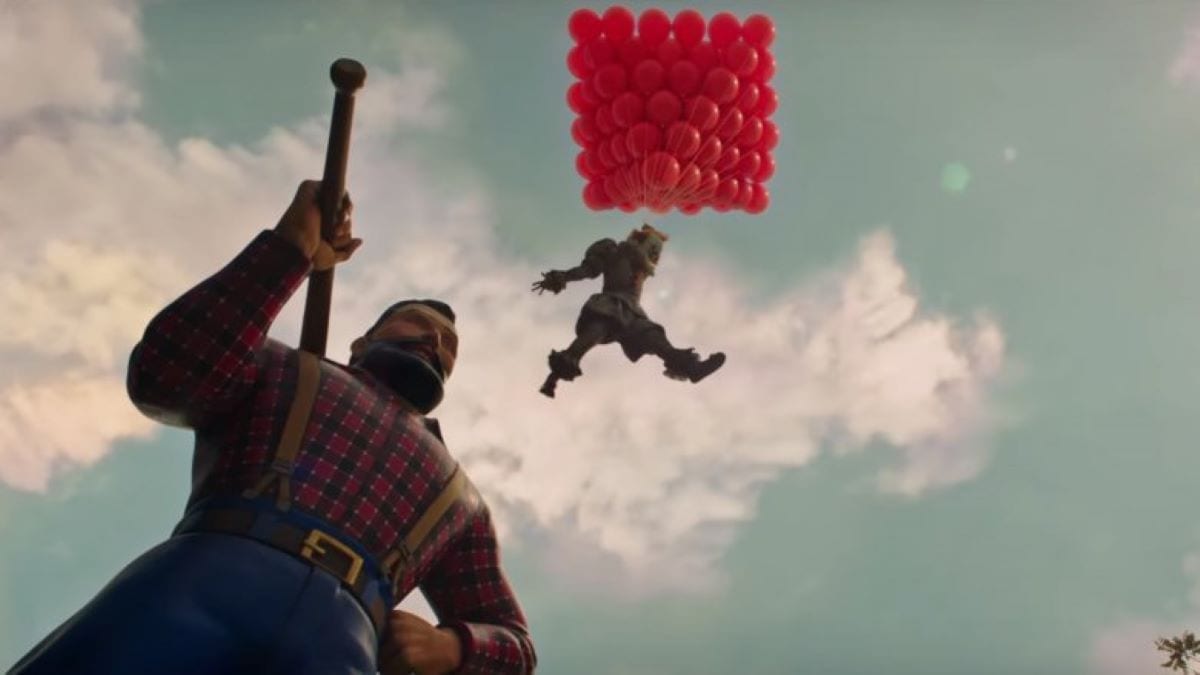
IT has been a massive success because people love to be scared, but the reason it will keep people going back time and again is because of the lessons it contains. The story is about not giving in to fear; the story is a lesson on how you are not your trauma or your collected grief. It’s about not letting the clown win, popping those lingering red balloons early on and choosing to live. Richie has lived his life as a lie, a gay man in love with one of his oldest friends. He was filled with fear over small-town reactions to his true nature. Richie chose fear and not love, and he only realises his mistake too late. IT is about this exact kind of choice; it’s about saying “Fuck You” to the creepy clown that keeps you afraid. It’s about shouting that fear down with disbelief until it becomes a pathetic clown-faced puddle that has no power in the real world.
This is why IT is an incredibly important work that will last for generations. Fear, grief, and trauma are things we will all experience in our lives. The key is not giving in, standing together and facing these things head-on instead of hiding in the shadows. So what are you waiting for? Let’s go kill that fucking clown.

